Copyright c 2010 Qingjie Zhou. All rights reserved
Published in Association with Foreign Languages Press, Beijing. No part of this book may be reproduced without written permission of the publisher.
Zhou, Qingjie.
Taiji quan: 10 minute primer / Qingjie Zhou.
p. cm.
1. Tai chi. I. Title.
PRONUNCIATION GUIDE
 ti (tie)
ti (tie)
 j (gee as in genius)
j (gee as in genius)
 qun (chew-an)
qun (chew-an)
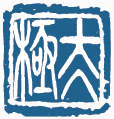

Contents

Taiji
C lassical Chinese philosophy holds that all things are born of Taiji (also sometimes spelled Tai Chi). This process is described in detail in the Book of Changes (also known as I Jing) written in the Zhou Dynasty (1100-221 BC): Taiji causes the two opposites, the two opposites cause the four seasons, and the four seasons cause the eight natural phenomena (denoting heaven, earth, thunder, wind, water, fire, mountains and lakes). The eight phenomena cause all things. The two opposites mentioned here are the Yin (negative) and Yang (positive), which exist in all things.

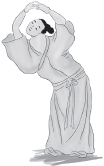

The Chinese characters for Taiji Quan can be translated as the Supreme Ultimate Force. The notion of the supreme ultimate is often associated with the Chinese concept of Yin-Yang, the notion that one can see a dynamic duality (male/female, active/passive, dark/light, forceful/yielding, etc.) in all things. Force (or, more literally, fist) can be thought of here as the means or way of achieving this Yin-Yang, or supreme-ultimate discipline.
Taiji, as it is practiced in the West today, can perhaps be best thought of as a dynamic combination of yoga and meditation. There are a number of forms (sometimes also called sets or routines) which consist of a sequence of movements. Many of these movements originated in the martial arts (many of which were derived from the natural movement of animals and birds), although the way they are performed in Taiji is, in essence, pure, slow, soft, and graceful, with smooth and even transitions between them.
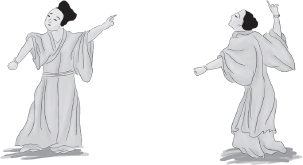
Wu Qin Xi or the Five-Animal Exercises is a traditional way of bodybuilding in China, consisting of five kinds of movements in imitation of five animals.
Quan
Q uan here means courage and force, which is equated with unarmed fighting.
Taiji Quan
T he theory of Taiji Quan was developed when Wang Zongyue wrote a monograph titled, On Taiji Quan. Taiji Quan theories matured with later writings such as The Thirteen-form Frame, The Thirteen Postures, Secrets of the Thirteen Stances, The Essentials of Martial Arts, Martial Artists Ballad, Taiji Combat and Five-Word Essentials.
Taiji Diagram
T aiji Quan is also called philosophical Quan, meaning that its principles and techniques all contain the idea of Taiji inherent in classical Chinese philosophy. To learn Taiji Quan calls, first of all, for understanding this philosophical concept.
The idea of Taiji is, in fact, a systematic way of thinking that emphasizes balance.
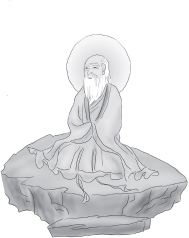
Portrait of Lao Zi.
As far as Chinese philosophy is concerned, Taiji refers to a primitive state, a natural existence. The life of man was a state of Taiji in the earliest stage, just like a baby in the womb. Laozi (Lao Tzu), the founder of Taoism, spoke very highly of this state when he wrote that people formed much tension in their daily lives, which led to illnesses. Therefore, people should relax their bodies and minds through exercise to return to the infant state.
Yin and Yang supplement each other, transform themselves into each other and depend on each other. The harmony and balance between Yin and Yang constitute the Taiji state. The human body is also composed of Yin and Yang. When Yin and Yang are balanced, both the body and the mind are in a state of perfection. However, any imbalance between them leads to illness. Therefore, improvement of the physical qualities and prevention of illness begins with the adjustment of Yin and Yang. Offense and defense also form a contradiction of Yin and Yang; if the relationship between offense and defense is handled well, the key point of combat is grasped. Therefore, to grasp the rules of the changes between Yin and Yang in the human body is an important way to improve combat ability. The ideas described above form the basic train of thought that lies behind Taiji Quan.
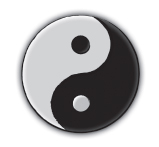
Taiji philosophical thought is embodied in the process of every exercise in Taiji Quan.
Yin and Yang are clearly delineated in every movement, and the relationship between Yin and Yang is involved in every motion of Taiji Quan, whether in a fixed form or in a process.
There is a clear distinction between the empty and the solid, and between above and below in every movement. In the Single Whip exercise, the left hand in front shows an open palm, and belongs to Yang, while the right hand is held in the form of a hook, and belongs to Yin. When the head is elevated, it is in a Yang posture, and when the pelvis is relaxed and down, it is in a Yin posture. When the weight is on the left leg it is solid, and belongs to Yang; at the same time, the right leg is empty, and belongs to Yin. Every Yin and Yang element has a tendency to transform itself into its opposite. This is why the Taiji Diagram seems to be changing constantly and continuously, like moving clouds or flowing water
There are curves everywhere: the Taiji Diagram is round in shape. Yin and Yang are in a constant state of harmonious coexistence and soft transformation. The curved movements conform best to the natural state of the structure of the human body, making it easy to transform and adjust the Yin and Yang relationship within it smoothly.


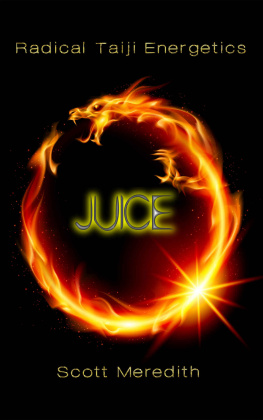
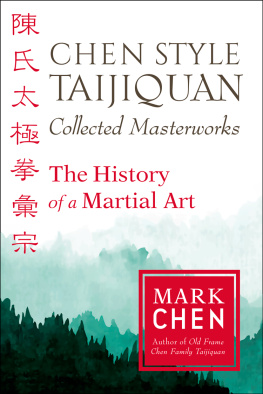
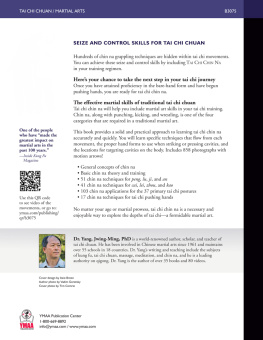
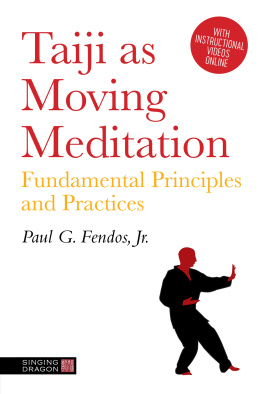
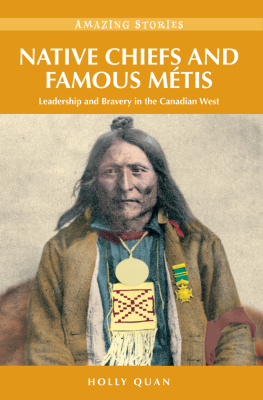

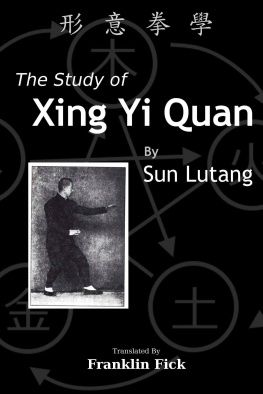
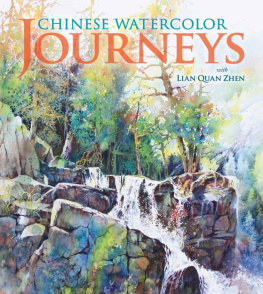
 Minute Primer
Minute Primer ti (tie)
ti (tie) j (gee as in genius)
j (gee as in genius) qun (chew-an)
qun (chew-an)
 Contents
Contents 





